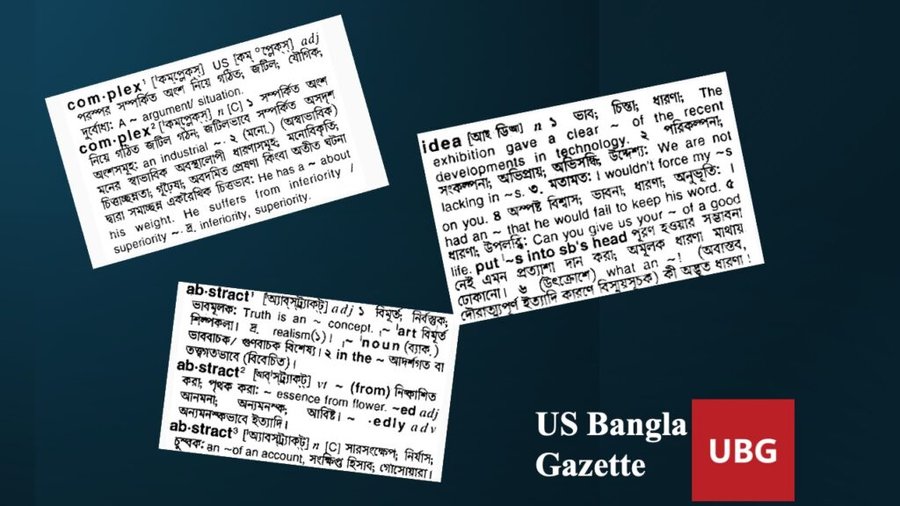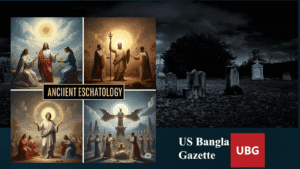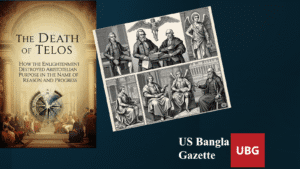Challenges of the Bengali Language in Expressing Complex Ideas

The Poetic and Literary Depth of Bengali
Bengali, one of the most enriched languages globally, boasts a profound literary tradition, which enhances its ability to articulate complex ideas. A significant aspect of Bengali literature is its capacity to convey deep emotions, spirituality, and the intricacies of human experiences. Renowned figures such as Rabindranath Tagore and Kazi Nazrul Islam have played pivotal roles in showcasing the language’s versatility and depth, harnessing its poetic elements to express profound thoughts and feelings.
Michael Madhusudan Dutt, a pioneer of modern Bengali literature, revolutionized Bengali poetry by introducing blank verse and incorporating Western literary styles. His epic Meghnad Badh Kavya masterfully combined classical Sanskrit themes with a contemporary, humanistic perspective, cementing Bengali’s place as a language capable of profound artistic and intellectual expression. The depth of the Bengali language in this context becomes evident as Nazrul’s works resonate with individuals seeking to understand their identities and societal realities. The interplay between language, culture, and literature in Bengali only amplifies the strength of its expression, enabling the nuanced conveyance of complex ideas with grace and finesse.
Challenges Bengali Faces in Modern Contexts
Although Bengali possesses a rich lexicon and poetic expressiveness, it encounters significant challenges when addressing modern technical and abstract ideas. One primary issue is the scarcity of contemporary vocabulary to effectively articulate the complexities of today’s rapidly evolving technological landscape. Unlike languages with an extensive history of technical development, Bengali often relies on borrowed terms or hybrid constructions, which can lead to misunderstandings or diluted meanings. The lack of standardized vocabulary in specific fields, such as information technology and science, can hinder effective communication among professionals and academics.
While Bengali is exceptional at conveying poetic, emotional, and cultural ideas, it can struggle with technical or highly abstract concepts. However, its limitations are not insurmountable and can be addressed through creative coining of terms, balanced borrowing, and cultural efforts to modernize the language. A complex idea implies a thought or concept that involves multiple layers, relationships, or abstract notions. It often requires nuanced understanding, interconnections between elements, or deep reasoning, making it challenging to express or comprehend. Examples include philosophical theories, scientific principles, or intricate emotional states. It states that space and time are interconnected, forming a four-dimensional spacetime fabric. The theory explains how massive objects like planets curve spacetime, affecting the path of light and the flow of time itself. This concept involves advanced mathematics and abstract reasoning and challenges an intuitive understanding of the universe. Another example is existentialism in philosophy, which explores the meaning of existence, freedom, and individuality. It delves into abstract questions like the purpose of life, human responsibility, and the tension between free will and societal norms.
Furthermore, the challenge of conveying abstract precision is pronounced when attempting to express Western philosophical concepts in Bengali. The nuances that underpin philosophical discussions often require refined grammatical structures or lexical choices that may not have direct equivalents in Bengali. This limitation can create issues in disseminating contemporary philosophical thought, which frequently relies on jargon and technical terminology that may be less familiar to Bengali speakers.
Moreover, cultural resistance to incorporating foreign terms exacerbates these challenges. A sense of pride exists in preserving the Bengali language, which sometimes manifests as a reluctance to accept or adapt an international lexicon. This aversion affects the practical use of language in specialized fields and stymies growth in areas such as education and innovation, where language plays a crucial role in knowledge transfer.
Another consideration is the influence of regional dialects on the standardization of Bengali. Numerous dialects exist across Bangladesh and West Bengal, and pronunciation, vocabulary, and grammar variations complicate efforts to establish a uniform form of Bengali. This fragmentation creates barriers to clear communication, making it difficult for Bengali speakers from different regions to engage in discussions surrounding modern concepts. As a result, these challenges collectively limit Bengali’s efficacy in expressing contemporary ideas, thereby necessitating ongoing efforts to address these linguistic hurdles.
Steps to Enhance Bengali’s Expressiveness
To address the challenges the Bengali language faces in conveying complex ideas, it is essential to adopt a multi-faceted approach. One of the foremost steps to enhance expressiveness is the development of native equivalents for technical and scientific terminology. The absence of corresponding words in Bengali often leads to over-reliance on borrowed terms from English or other languages. Establishing a committee of linguistic experts and educators dedicated to creating these native terms is crucial. This initiative can foster a richer vocabulary that aligns with modern advancements, thus making Bengali more adaptable in professional and academic settings.
Another significant strategy involves promoting education and media that utilize contemporary vocabulary. Schools and universities should incorporate modern Bengali literature and digital content into their curricula, focusing on genres that explore science, technology, and social issues. Television programs, online platforms, and films can equally play a pivotal role in popularizing the language, showcasing how it can articulate modern concepts effectively. By emphasizing Bengali in various fields through diverse media, a new generation can become comfortable expressing complex ideas in their native tongue.
Encouraging hybrid language models that intertwine Bengali with English can enhance expressiveness. This fusion acknowledges the global context in which language operates while allowing Bengali to thrive. Many urban areas already showcase this blend in daily communication. Academic institutions and language advocates should promote such models cautiously to facilitate the transition without compromising the integrity of Bengali.
Lastly, fostering regional collaboration among Bengali-speaking communities can support a unified language-evolving framework. By engaging writers, linguists, and cultural organizations from various regions, diverse perspectives and insights can be gathered that cater to the language’s growth while preserving its rich heritage. Such cooperative initiatives cherish tradition while steering the language into modernity.







